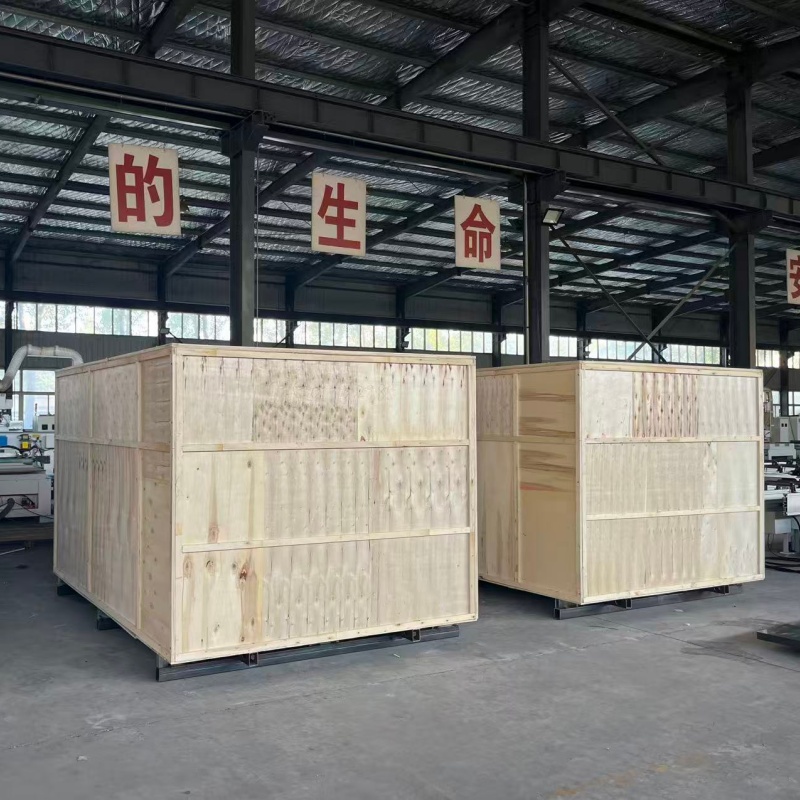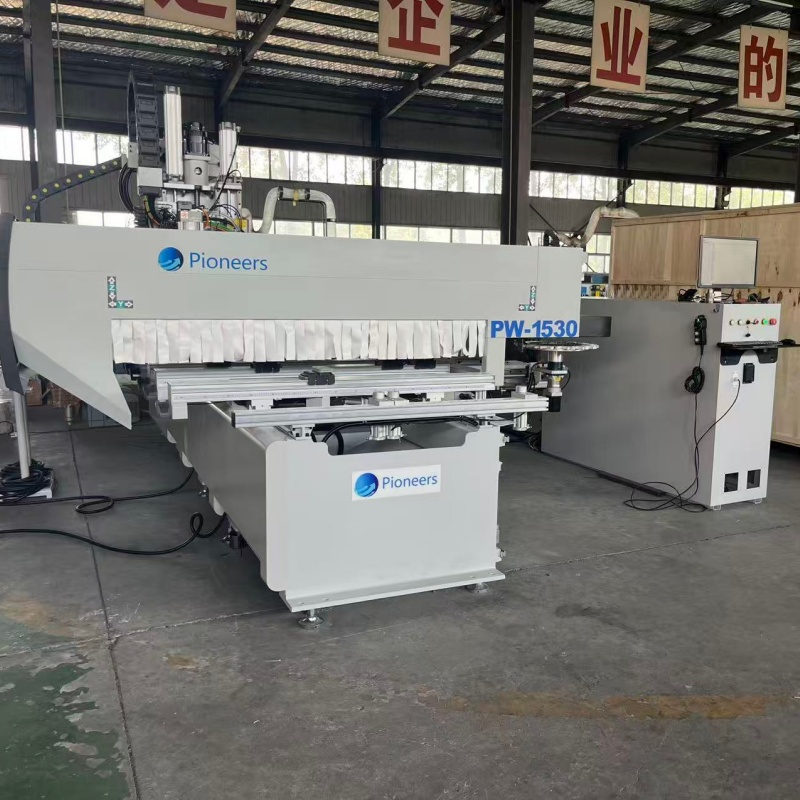Don’t overlook maintenance details.In a woodworking shop, a well-maintained woodworking machine is a valuable aid for efficient work. However, many users often fall into the mistake of neglecting routine maintenance as long as the machine is running. Little do they realize that neglecting these maintenance details can not only reduce the machine’s precision and cause frequent malfunctions, but also shorten its lifespan and increase repair costs. To keep your woodworking machine in peak condition, these maintenance details must be carefully considered.
Daily cleaning is a fundamental part of woodworking machine maintenance, yet it’s often overlooked. After each use, wood chips, wood dust, and cutting fluid remain on the machine surface, work surface, and transmission components. If not cleaned promptly, these impurities can act like sandpaper, wearing away machine components. For example, on a table saw, excessive wood chips around the blade can lead to poor heat dissipation, accelerated tooth wear, and even cause the saw to jam the next time it’s turned on. The correct cleaning method is: first turn off the power, use compressed air to blow out any fine sawdust from cracks, then wipe the work surface with a damp cloth, and finally dry it with a dry cloth to prevent residual moisture from rusting metal parts. Precision parts, such as the spindle of an engraving machine, should also be cleaned with a special cleaner to prevent oil contamination that affects rotational accuracy.

Lubrication and maintenance are crucial for maintaining smooth operation of woodworking machines, and different components require specific lubricants. The gears, chains, and bearings in the transmission system are subject to the most wear during machine operation. Inadequate lubrication can produce a harsh grinding sound and even cause seizures. For gears and chains, use a high-viscosity gear oil and apply it every two weeks. After application, run the machine for 1-2 minutes to allow the lubricant to penetrate thoroughly. Bearings require lithium-based grease, which should be removed and refilled monthly to prevent overheating caused by excessive grease. Importantly, motor bearings should not be lubricated with standard lubricants; a high-temperature-resistant, motor-specific grease should be used to prevent the lubricant from melting and escaping during operation. Regular inspections and adjustments are a proactive measure to prevent woodworking machine failures, focusing on components prone to wear and precision parameters. Cutting tools are the “teeth” of a woodworking machine. Before each use, check their sharpness and wear. For example, if a milling cutter’s blade is chipped, continued use will result in a rough surface and may overload the machine. If a worn cutting tool is detected, it should be replaced or sharpened promptly; do not force it. Furthermore, machine precision adjustment is crucial. For example, if the parallelism between the work surface and the planer shaft deviates by more than 0.1 mm, the processed wood will be uneven in thickness. It is recommended to use a dial indicator to check the precision of key components monthly and make timely adjustments if any deviation is detected to ensure the machine maintains accurate performance.
Special maintenance can extend the life of a woodworking machine. If a machine is not used for an extended period, it should be protected from moisture and rust. First, clean all metal parts, apply a layer of anti-rust oil, and cover the entire machine with plastic sheeting. Store in a dry, well-ventilated environment, avoiding direct sunlight and moisture that can cause corrosion. If water accidentally enters the machine, immediately turn off the power, disassemble the casing, and air dry the internal components. Check the motor and circuit boards for moisture. Verify there’s no residual moisture before restarting the machine to prevent short circuits.
Finally, safety procedures must be observed during maintenance. All maintenance must be performed with the machine powered off to avoid accidental activation due to accidental touches. When cleaning with gloves, stay away from rotating parts to prevent gloves from getting caught in them. When using compressed air for cleaning, the pressure should be kept low to prevent wood chips from flying and injuring anyone.
There are no shortcuts to maintaining a woodworking machine. Only by paying attention to every detail can the machine maintain stable performance and become a trusted partner for craftsmen. While neglecting maintenance may seem like saving time, it actually overextends the machine’s lifespan, ultimately leading to downtime and production delays. Cultivating good maintenance habits is the key to ensuring smooth and long-lasting use of your woodworking machine.



